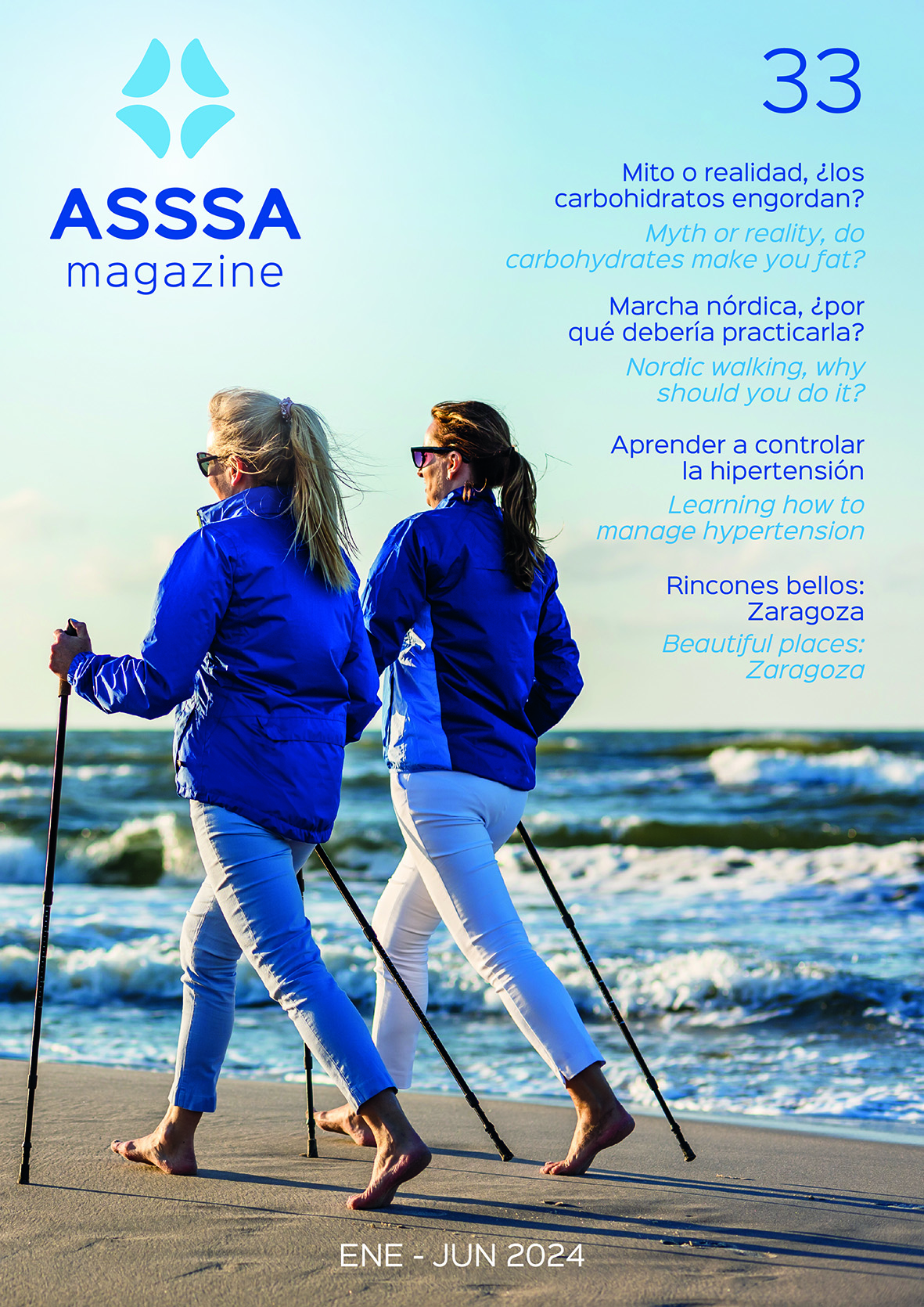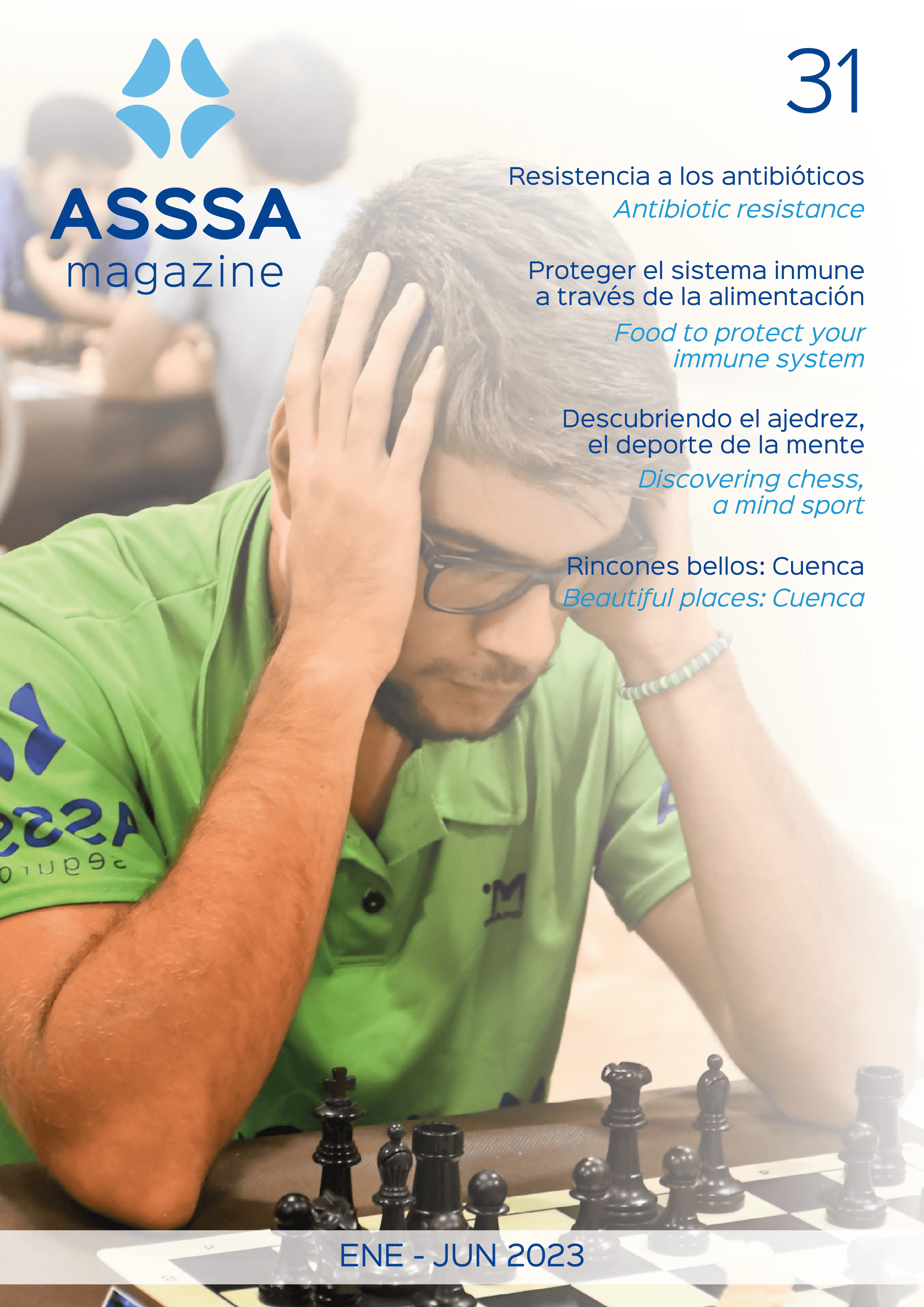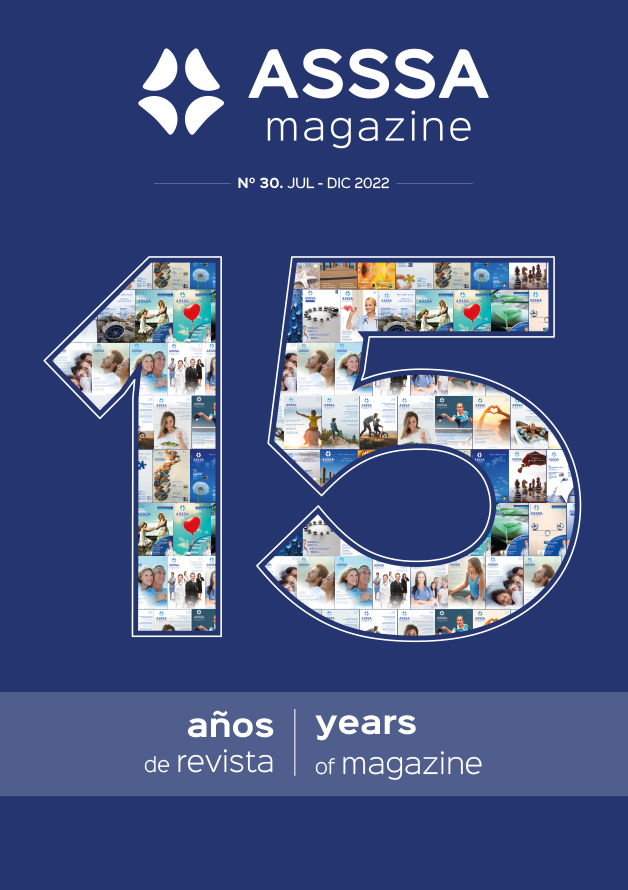
Testicular cancer is a disease in which malignant (cancerous) cells are formed in the tissue of one or both testicles.
Testicular cancer generally affects young men in their third or fourth decade of life.
It usually appears as a painless unilateral mass on the scrotum or is found by accident as an intratesticular scrotal mass. In approximately 20% of cases the first symptom is scrotal pain and up to 27% with testicular cancer report localised pain.
Testicular cancer accounts for between 1% and 1.5% of male neoplasia and 5% of urological tumours in general, with the appearance of 3-6 new cases for every 100,000 males per year in western society.
A number of factors affect prognosis (probability of recovery) and treatment options.
Testicular tumours present excellent cure rates, the highest of all types of cancer, over 90% and practically 100% if it has not spread.
The main factors contributing to this are: careful staging at the time of diagnosis, the right early treatment using a combination of chemotherapies, with or without radiotherapy and surgery, plus strict monitoring and rescue therapies.
Even in the relatively few cases in which the cancer has spread widely, chemotherapy manages to cure the disease in at least half of cases.
Types of cancer
Testicular cancer may develop from any type of cell present in the testicles, but in 95% of all testicular cancers they are formed from germ cells (germ cells produce sperm). They are not pathogenic in themselves, it is when they change and become malignant that testicular cancer appears. Generally speaking, we refer here to germ cell testicular cancer.
Germ cell tumours are split into seminomas and non-seminomas.
Seminomas are slow-growing tumours that develop from immature germ cells and account for around 50% of cases, 75% of which are stage 1 (confined to the testicle). Seminomas tend to be confined to the testicle as they spread relatively slowly and via the lymphatic system. They are more commonly found in the older patient segment.
Non-seminomas, on the other hand, are more mature germ cells that spread faster. Non-seminomatous tumours include several sub-classes; their rate of spread varies somewhat, but they are treated in a similar way. They are more commonly found in the younger patient segment.
When both types, seminomas and non-seminomas are present in the tumour (which is not unusual), the tumours is classed as non-seminomatous and is treated as such.
Diagnosis
The vast majority of cases of testicular cancer are detected by patients themselves. It does produce symptoms like fever or pain, which may lead to suspicions of a medical problem. Patients usually notice a recently appeared lump or an increase in size in the testicle that is generally not painful. Testicular cancer is curable if detected early.
The clinical diagnosis of testicular cancer is done by means of ultrasound scan of the testicles plus X-rays and CAT scan to check for spread of the disease. If the diagnosis is doubtful, the ultrasound scan must be performed within a period of two weeks.
Testicular cancer is one of the few tumours that produce specific tumour markers. These are substances released into the bloodstream by organs, tissues or tumour cells in the body. These substances are related to specific types of cancer when they are found in high concentrations in the blood and in addition to helping diagnose cancer, they serve to monitor its development and the effectiveness of the chosen treatment. To do this, before surgery, the levels of markers must be established in order to provide a baseline.
Nowadays, diagnostic ultrasound serves to confirm the presence of a testicular mass and to explore the testicle on the other side. Its sensitivity in detecting a testicular tumour is practically 100% and it plays an important role in determining if the mass is intra or extratesticular.
A testicular ultrasound scan must be performed in young males with no palpable testicular mass who present visceral or retroperitoneal masses. An ultrasound scan must be carried out in all cases where there is any doubt.
Testicular tumours have excellent cure rates. The main factors contributing to this are: careful staging at the time of diagnosis, the right early treatment using a combination of chemotherapies, with or without radiotherapy and surgery, plus strict monitoring and rescue therapies.
Prevention
The vast majority of cases of testicular cancer are detected by patients themselves. Generally speaking, except in exceptional cases, testicular cancer does not produce general symptoms.
It is important to go to your doctor if you notice the following:
- Any change in shape or size.
- Feeling of heaviness in the scrotum.
- Pain in the lower abdomen or the groin.
- Build-up of fluid in the scrotum.
- Pain or discomfort in one testicle or in the scrotum.
The causes of testicular cancer are unknown, however some factors are known to increase the chances of developing it:
- A testicle that has not dropped from the abdominal cavity to the scrotum during the breastfeeding period.
- Abnormal development of the testicles.
- Family history of testicular cancer.
- Personal history of testicular cancer. People who have already had testicular cancer have a higher risk (2%) of developing the disease in the other testicle.
- Some diseases, such as a chromosome condition known as Klinefelter Syndrome.
Treatment
The basic types of treatment are surgery, radiotherapy, chemotherapy and observation, or a combination of all or any of these.
Treatment for this kind of tumour has made considerable advances and a multidisciplinary model for tackling a malignant solid neoplasia is usually considered, in which surgery, chemotherapy (based on Cisplatin) and radiotherapy play a decisive role in improving survival rates from 60-65% in the 1960s to more than 95% today.
The appropriate treatment depends on the type of tumour and its prognosis.
Most of the time, a radical inguinal orchiectomy (removal of the testicle and other associated structures by means of a small incision in the abdomen) is enough to ensure the patient is fully cured. The most frequently applied treatment is surgery associated with chemotherapy.
Testicular cancer treatment may lead to infertility.
Follow-up
For early stage cancers (non-invasive) that have not been given preventative therapy, observation for at least 3 to 10 years is crucial (blood tests, CAT scans and X-rays) to assess whether the cancer has spread to other parts of the body (metastasis).
For other stages and when radiotherapy and chemotherapy have been given, monitoring will depend on the circumstances, but it should normally be done for a period of 5 years (with decreasing intensity). In the case of seminomas, some kind of observation should be considered for the rest of the patient’s life, as there have been rare cases of recurrence years later, although after five years the recurrence rate is less than 5% of cases.
Dr. Carlos Alpuente – La Milagrosa Hospital Renal Unit (Madrid)
The information published in this media neither substitutes nor complements in any way the direct supervision of a doctor, his diagnosis or the treatment that he may prescribe. It should also not be used for self-diagnosis.
The exclusive responsibility for the use of this service lies with the reader.
ASSSA advises you to always consult your doctor about any issue concerning your health.











